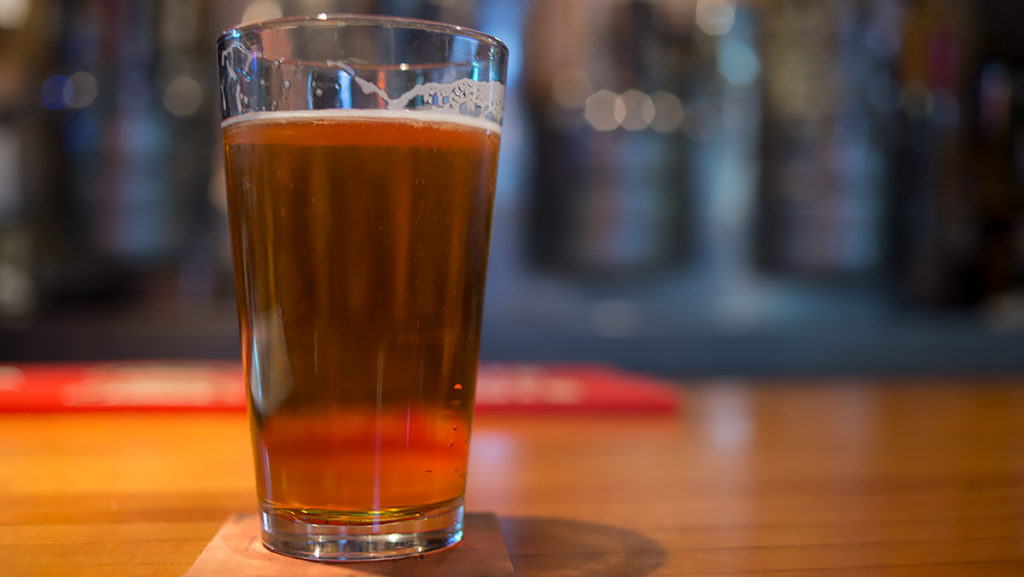While Michael Buck, interim associate dean of the School of Health Sciences and Human Performance and a member of the Ithaca College Board of Trustees, has been brewing beer for 14 years, he said he still has a lot to learn about the process. Buck, who brewed his first batch of hops in 1993, is currently involved in a homebrewing club in Ithaca, where he learns techniques and shares recipes, whether it be bottling, kegging or dispensing, with other local brewers.
Staff Writer Colin Barrett spoke with Buck about homebrewing culture and the experimentation of the brewing process.
This interview has been edited for length and clarity.
Colin Barrett: What kind of beer do you make, and what hops do you use? How much do you typically make at a time?
Michael Buck: Typically, at a time, I make a 5-gallon batch. The styles of beer — I can make and do make multiple different styles. Any of the styles I can probably brew. And that is probably more what I have fun with. Some brewers try to perfect a recipe, do it over and over and over. I try to do various different styles. What you’re asking me, there isn’t really an answer. Like, I only do stouts, or I only do [India pale ale]. I enjoy the variety of changing things up. … I don’t know the exact number, but there are hundreds of types of hops. The hops will be determined by the style you are brewing or the desired flavors you are looking for. Home brewers have access to quality ingredients, so it’s not only what is available.

CB: Why do you choose to brew your own beer?
MB: There’s a challenge in it. Can you brew a good beer that people will like? Can you improve it? Can you clone it? … I try to make it more of an academic activity — the cloning, the learning, the reading. Things like that. I’m at the point where I can make a good craft beer for cheaper than you can buy it. Most brewers don’t go into it to save money, and I certainly have not saved money from doing this.
CB: What’s the process like when you start brewing?
MB: I have a three-vessel system. If I’m going to brew, it’s typically on a Saturday. It starts the week before, formulating the recipe, purchasing your ingredients. I collect the water. You use reverse-osmosis water. It takes me about 20 gallons to make a 5-gallon batch. That morning, it starts with cleaning and sanitizing the entire system.
CB: Is there any type of homebrew that you prefer from the others?
MB: Not really. I mean, again, I look for an inspiration — say you tried something from a craft brewery across the country, and you want to make something like that. A lot of people ask me why I don’t open up a craft brewery, but I don’t like the sameness of it all. You brew the same beers every day. The opportunity to experiment and play around is what I prefer.
CB: Any plans for expanding your brewing system in the future?
MB: Not really. I continue to have conversations about starting a brewery, but when your hobby becomes your job, it doesn’t become fun anymore. I made a significant jump going from a one-vessel system on a stove to a fully-automated, computerized three-vessel. Now, my system is basically the same system you would see at the Ithaca Brewery. I made that jump to simulate a commercial brewery. I like to play around with the latest gadgets like that.














